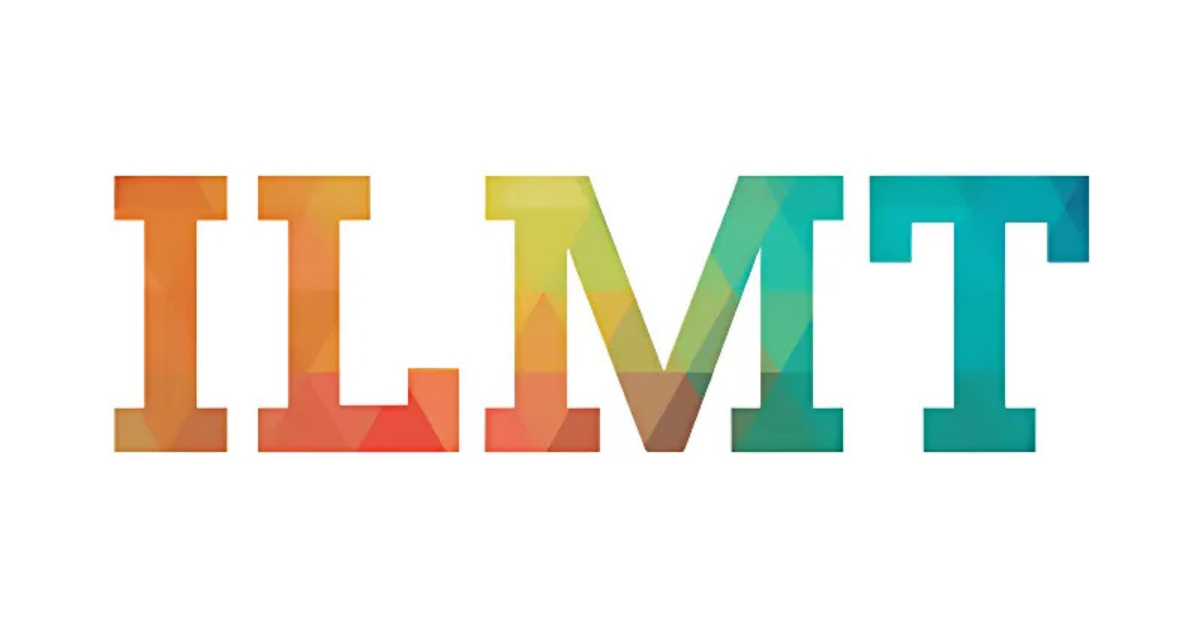IBM ILMT license tip: You now need to do a full ILMT upgrade to remain compliant with IBM sub-capacity licensing.
O IBM's announcement of that manual software catalog updates in ILMT are no longer supported may have passed you by.
The implications for the sub-capacity licensing IBM's failure to manually update the software catalog will soon become apparent.
ILMT formerly
IBM ILMT sub-capacity licensing allows you to license some, not all, processors in a server for a given product. This is known as sub-capacity licensing. There are some rules, one of them is to run a ILMT call monitoring and that the IT software catalog is kept up to date.
Most organizations updated their version of ILMT every 12-18 months. They manually updated their software catalog and PVU tables every 3 months. That was enough to keep them compliant with the license.
Changes in ILMT
With the launch of ILMT 9.2.20.0 update the ability to manually upload the software catalog to the License Metric Tool has been removed.

You are now required to do a full upgrade to the latest version of ILMT to ensure your software catalog is correct.
Implications for customers
To remain compliant with sub-capacity licensing, you will need to do a full ILMT update every quarter, rather than the significantly less complex task of manually updating the software catalog. Additional tasks will include:
- Opening a change order for a production system
- Database backup
- System administrator to perform the update
- Test which update was successful
Additional skills and time will also be needed. It will be especially complex if you are upgrading from older versions of ILMT as you will require incremental updates to get to the latest version.
Conclusion
Updating the IBM ILMT every quarter will ensure that your ILMT instance is accurately reporting license consumption, this will be more work for the ILMT administrator and SAM team.
The first time you upgrade will require a project to not only do the upgrade, but to develop the runbooks and train resources to be ready to upgrade every 3 months.
Translated by 4Matt Tecnologia, by Piaras MacDonnell: Changes to ILMT have just made IBM sub-capacity licensing more complex
Tags: ServiceNow, Snow Software, Software Asset Management, Software Asset Management, SAM, FINOps, ITAM, ITSM, Flexera, Cloud Management governance framework, asset management system, software licensing, software asset, software asset management, lifecycle management, ibm license metric tool ilmt, software asset, metric tool, license metric tool ilmt, software asset management, license metric, metric tool ilmt, license metric tool, ibm license metric tool, processor value units pvu, ilmt health check, standard edition, enterprise sam, software and hardware, licensing metric tool, deploying ilmt, software audit, application server, quarterly reports, licensing requirements, installing ilmt, ibm products, oracle java, value units, operating systems, ilmt ibm, hardware inventory, maturity assessment, ibm pvu, license management, sam managed, software licensing, software license, ibm licensing, ibm software, subcapacity licensing, ibm ilmt, license compliance, health check, licensing g metric, ibm audit, micro focus, microsoft audit, ibm audits, processor value, oracle licensing, install configure


